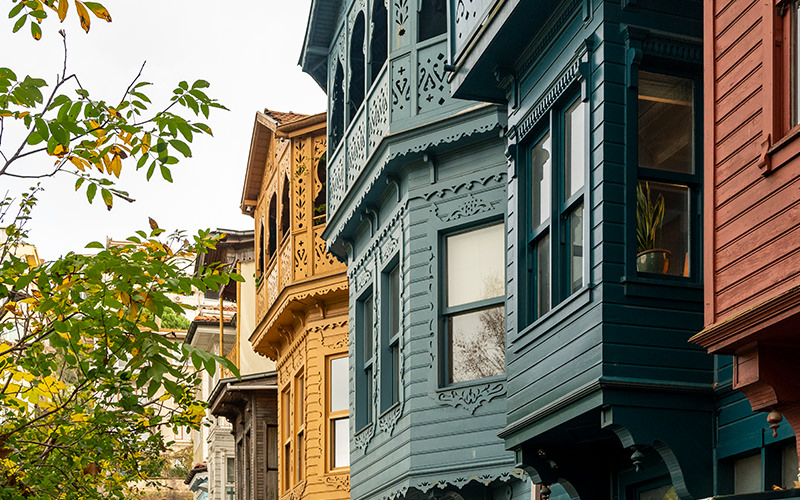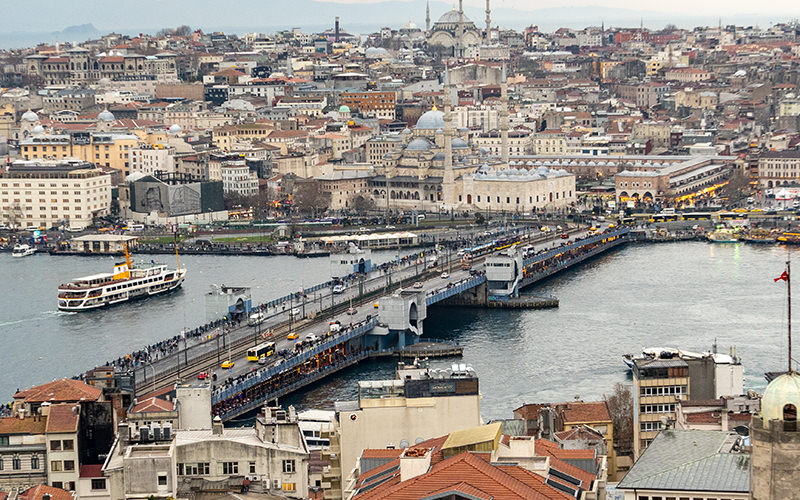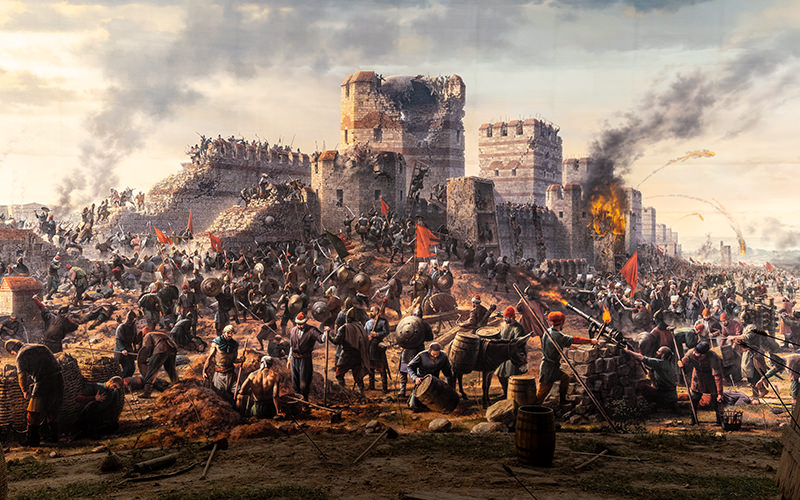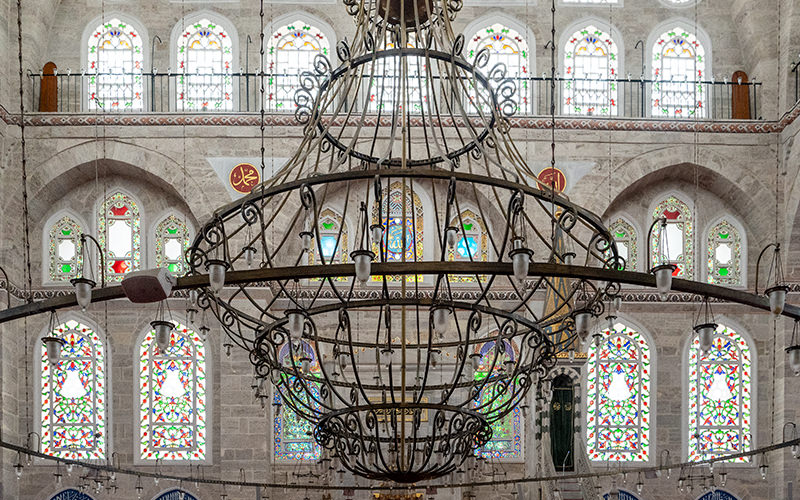Hi! I continue to acquaint you with the history of ancient Istanbul. Last time, we visited the Yedikule Fortress often referred to as the Castle of the Seven Towers. Today, we are going for a walk along the ancient walls of Constantinople, which stretch north from the fortress.
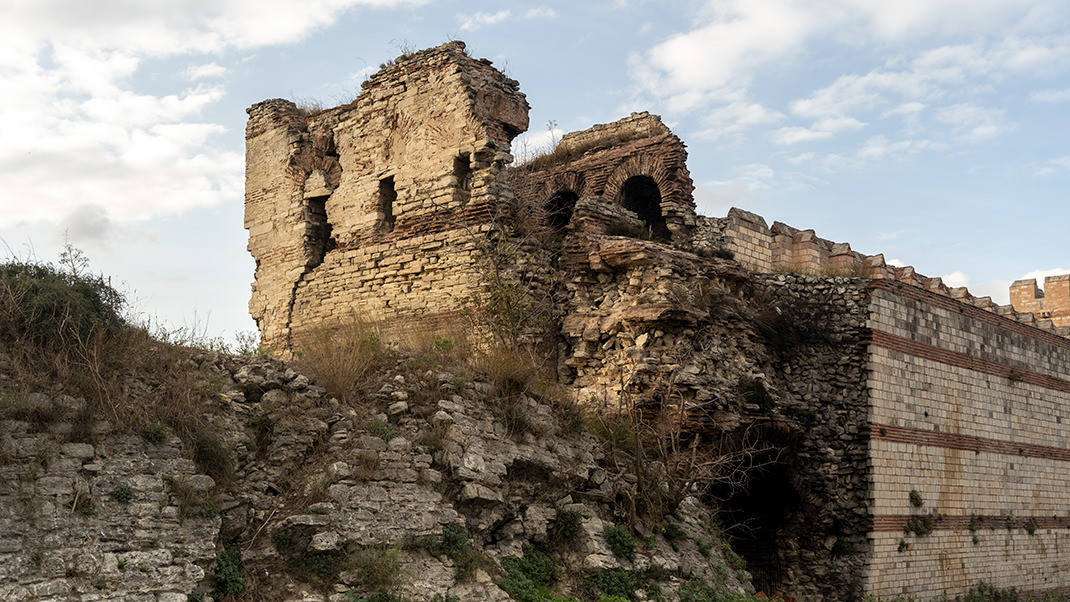


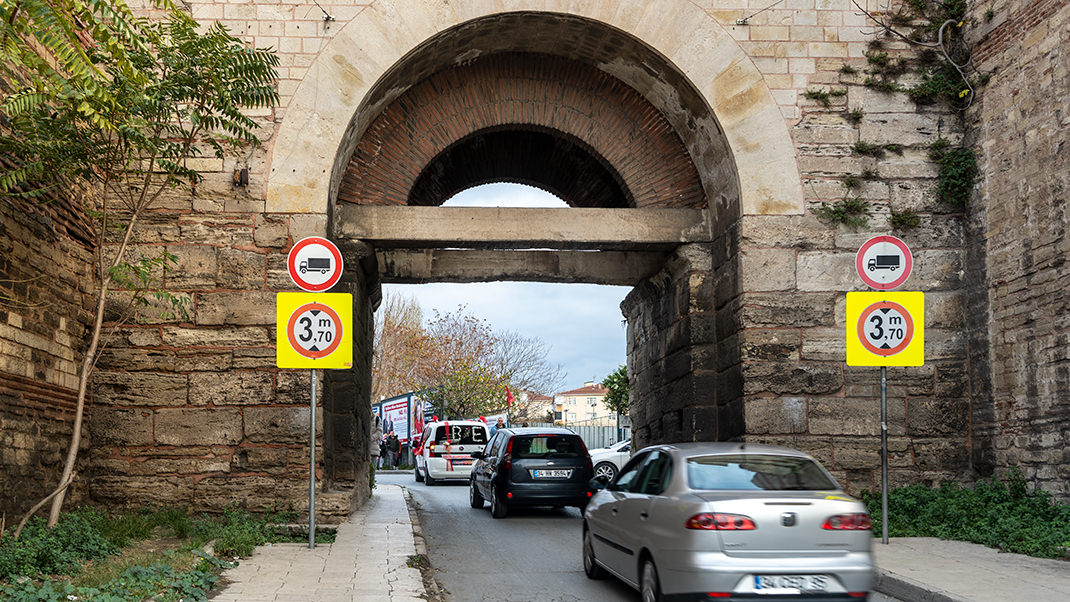
How to get there
Once, the walls surrounded the entire central part of modern Istanbul, and some parts of them have survived to this day. My story will focus on the fortifications between the Sea of Marmara and the Golden Horn.
A walk along the city walls can be conveniently combined with exploring the area of the Castle of the Seven Towers. You can get here using the Marmaray railway line. The nearest station to the castle is called "Kazlıçeşme".
The route along the walls is about six kilometers long.



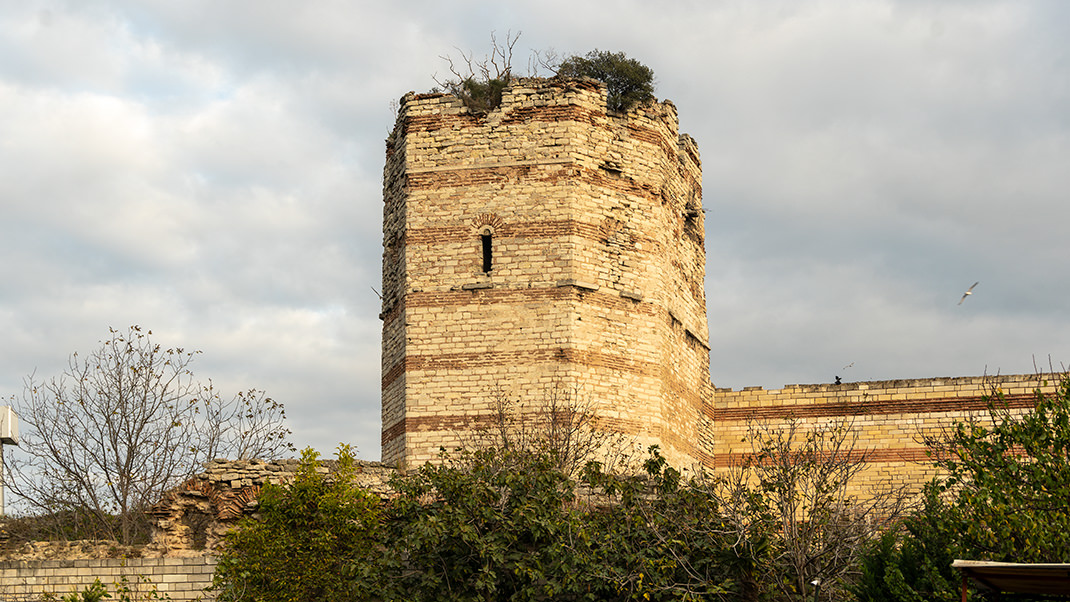
A bit of history
The first city walls in the territory of modern Istanbul appeared long before the structures we see today. Originally, the fortifications surrounded the ancient city of Byzantium, upon which Constantinople was later founded. The walls were built in the 7th century BCE and were believed to be located around the present-day Topkapı Palace. Over time, these structures were rebuilt and moved westward, expanding the protected area.
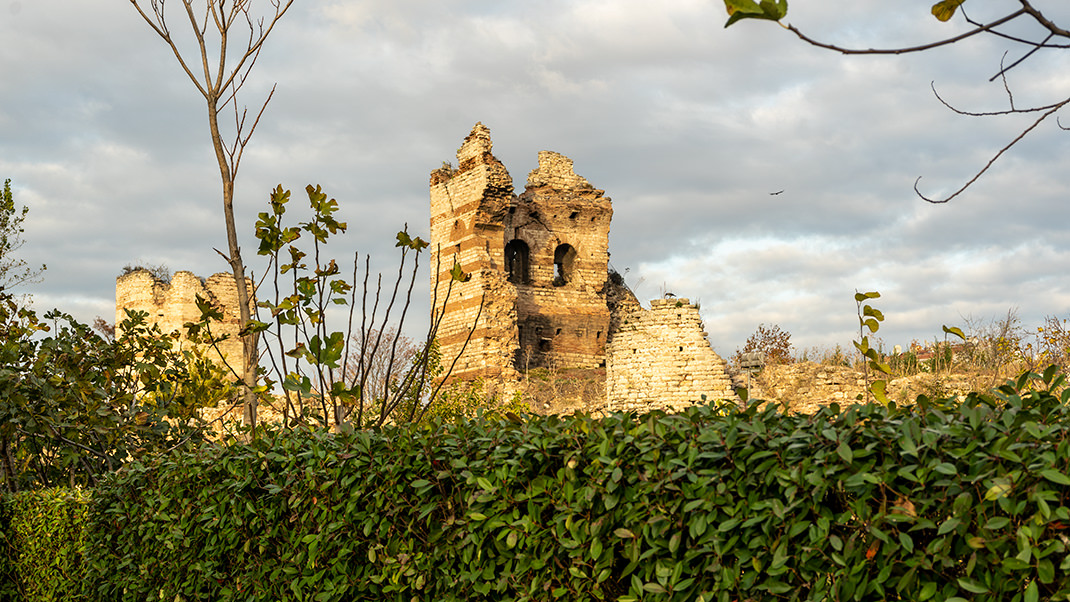

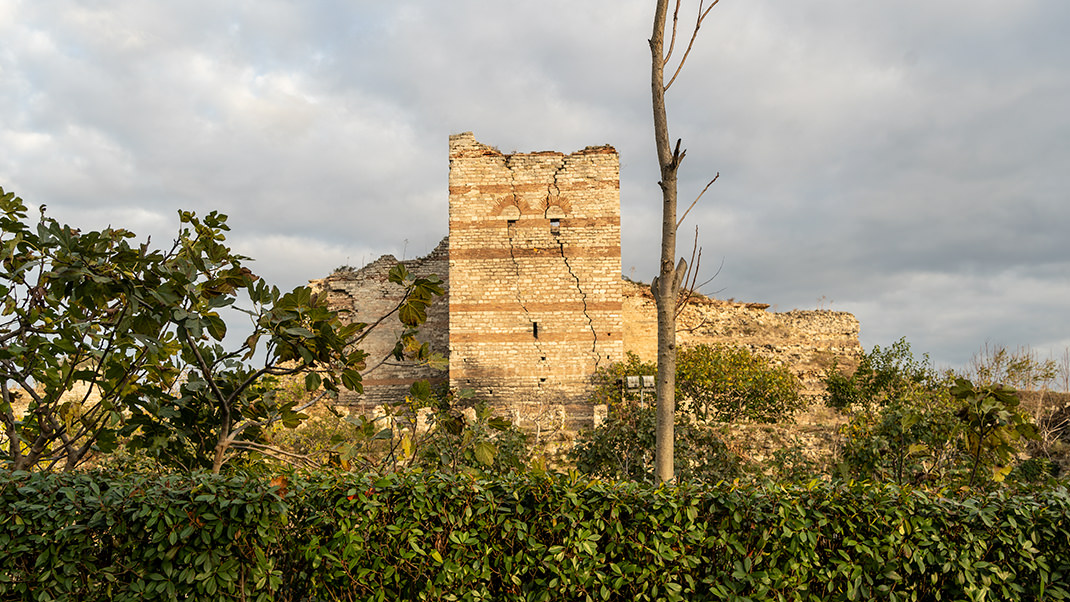
The familiar walls that surround the historical peninsula in the European part of Istanbul were built during the reign of Emperor Theodosius II in the 5th century CE. The total length of the structures was 20 kilometers. The walls were constructed in two rows, reaching a height of 12 meters, with 96 towers and eighty gates.
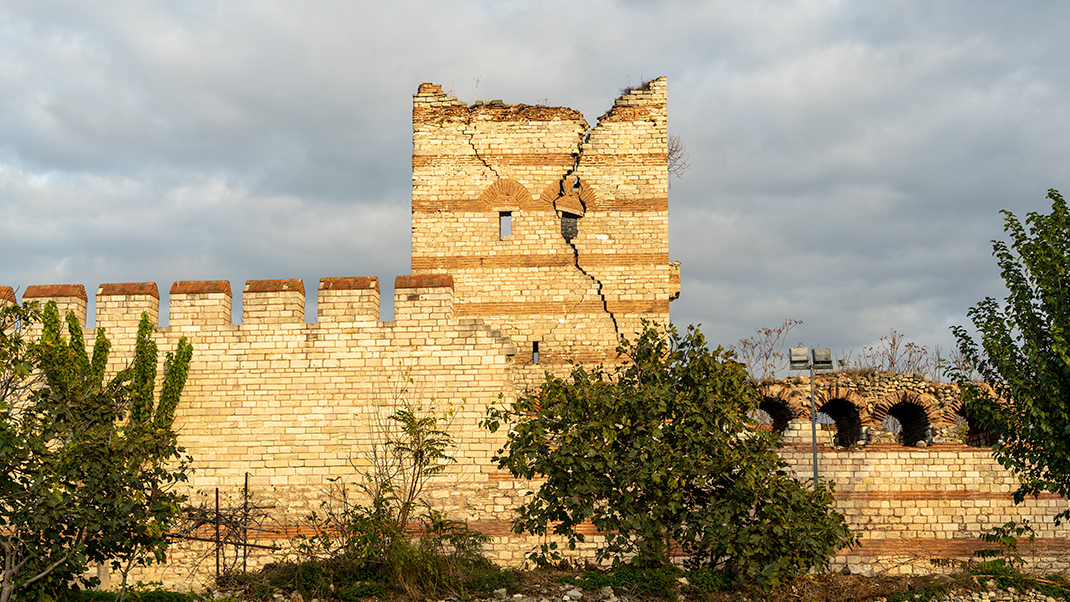

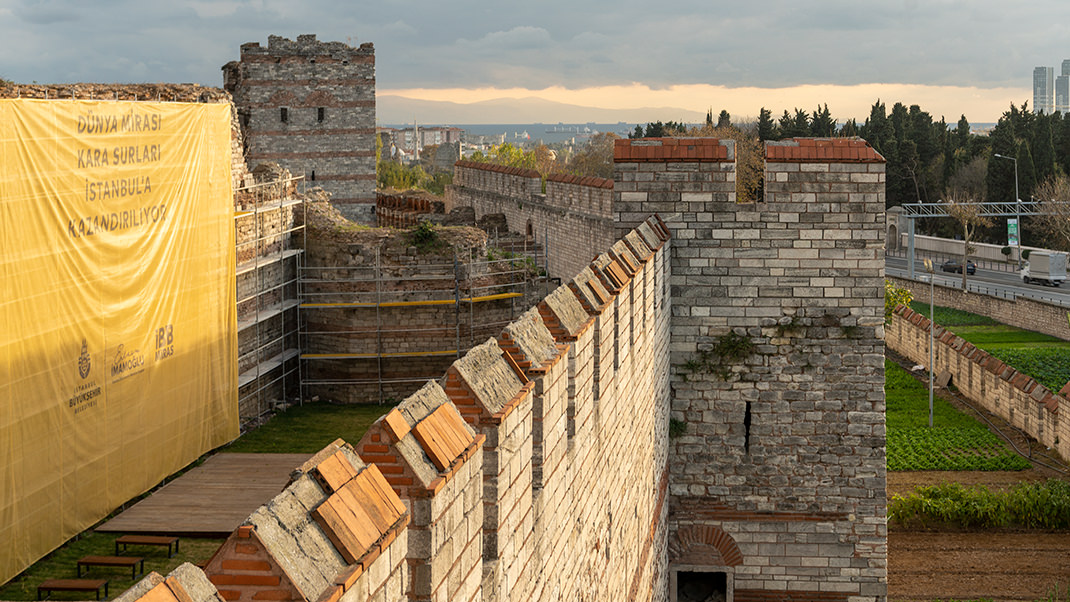
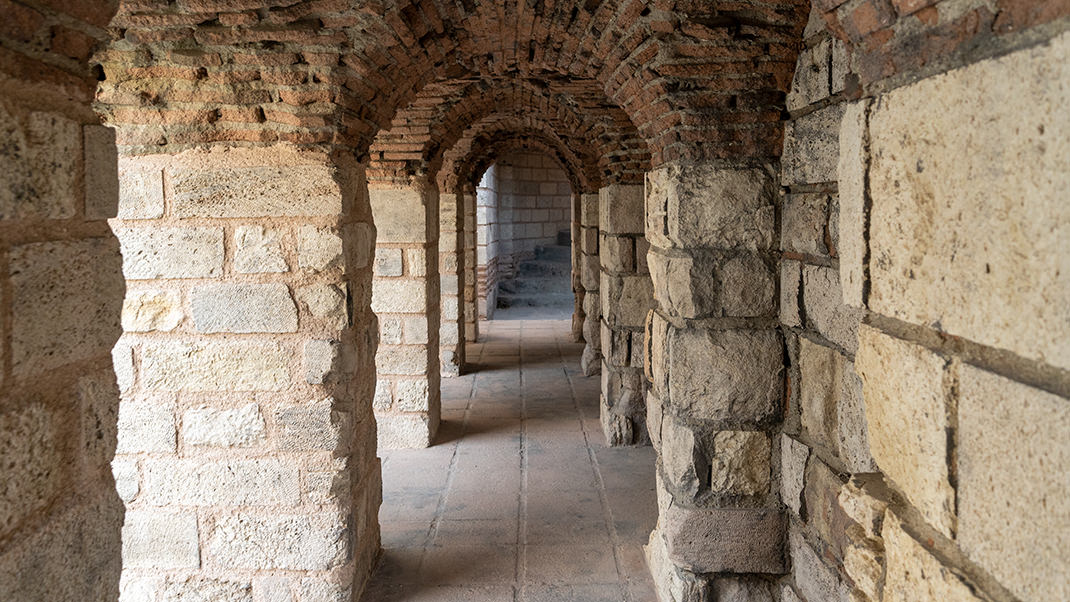
Parts of the walls of Constantinople were destroyed during the conquest of the city. The troops broke into the city near the Topkapı Gate. The destroyed sections were subsequently restored. Naturally, over time, the walls fell into disrepair, but the city periodically organized restoration work on certain sections. Some parts of the former defensive system were reconstructed for the 500th anniversary of the conquest of Constantinople.

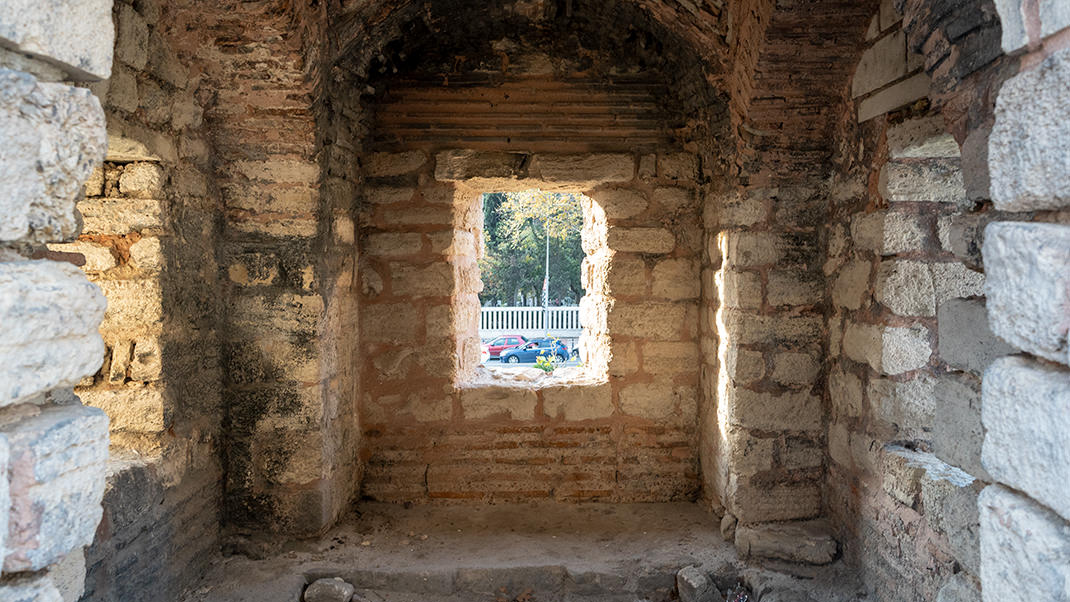
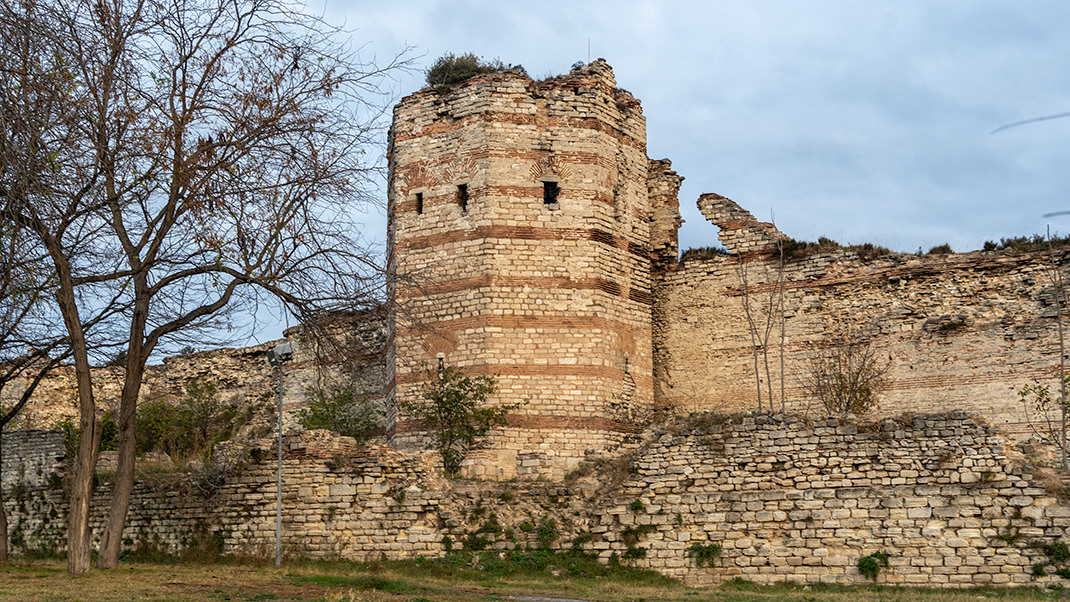
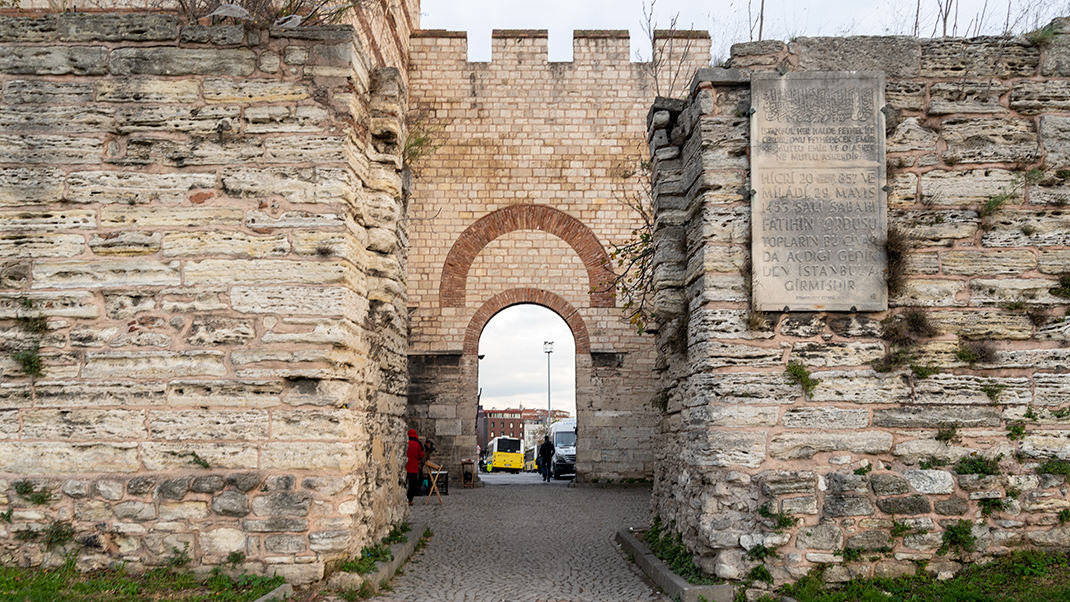
The walls of Constantinople can be considered Istanbul's most significant landmark. Life thrives here, but you will hardly encounter many visitors in this area. It is a modest district located away from the central tourist attractions of the city, which doesn't attract many travelers. Interestingly, a large part of the moat on the western side of the walls has now been transformed into a vast area for growing vegetables and greenery.
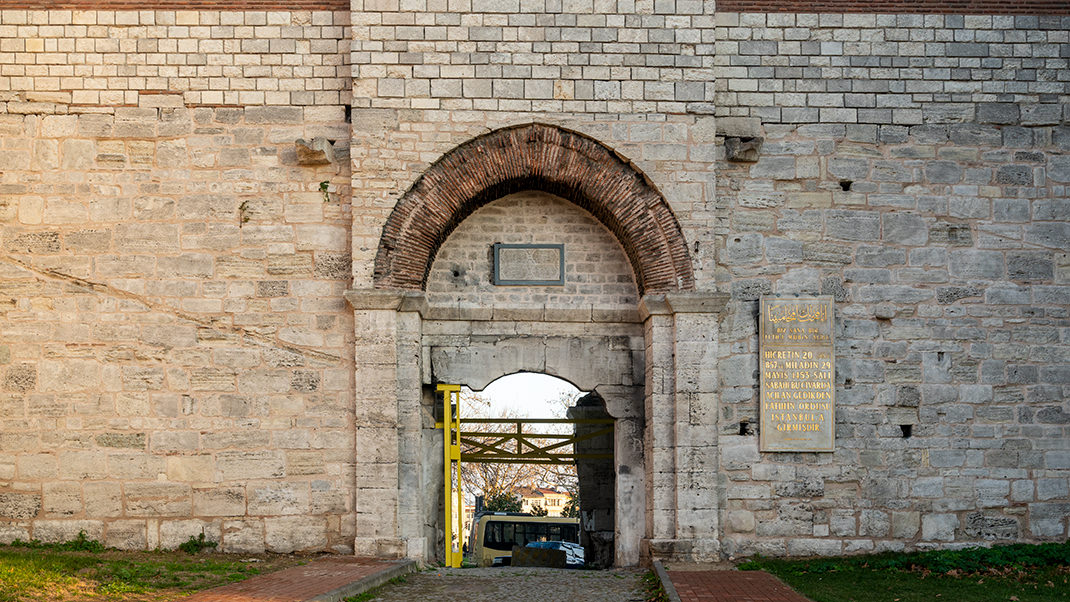

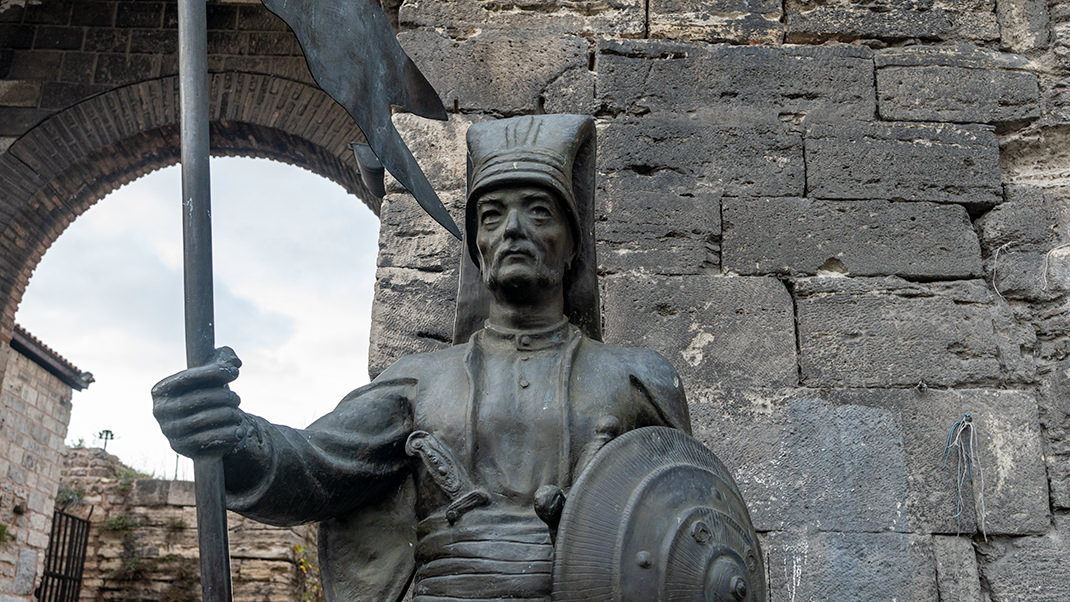

If you decide to visit Istanbul and follow my route, I recommend combining the exploration of ancient structures with visits to other attractions in this area. For example, here you can find the "Panorama 1453" Museum and the Tekfur Palace. The palace houses an exhibition on ceramic production.
Have a nice trip!


